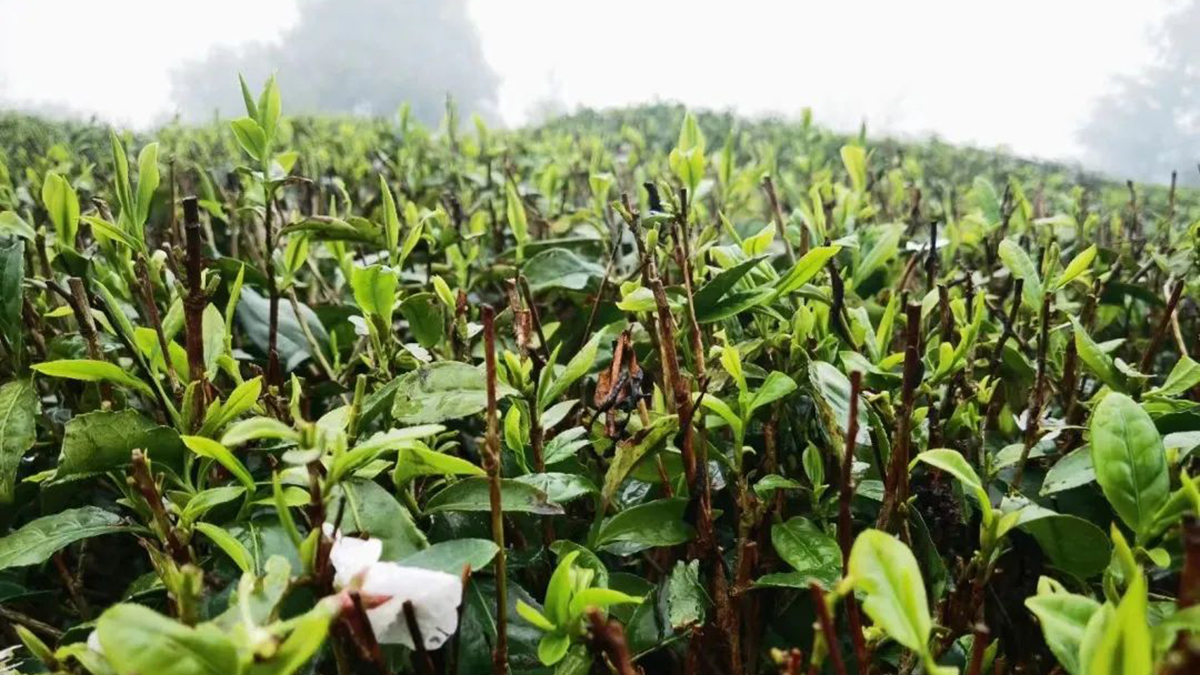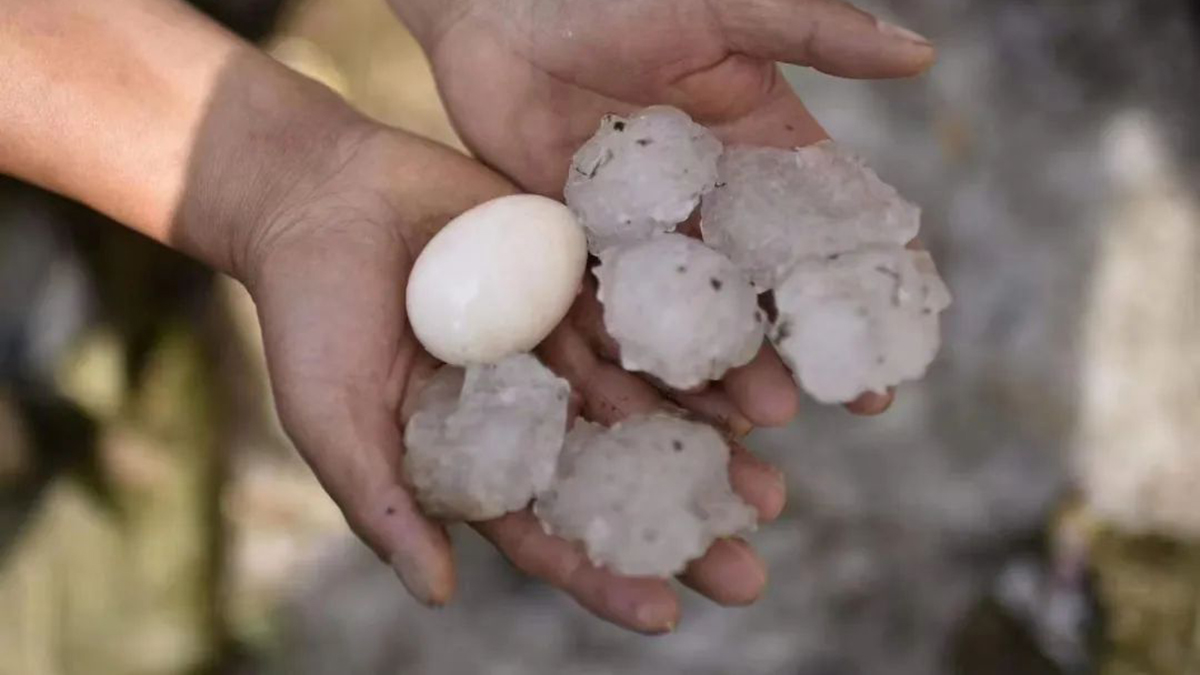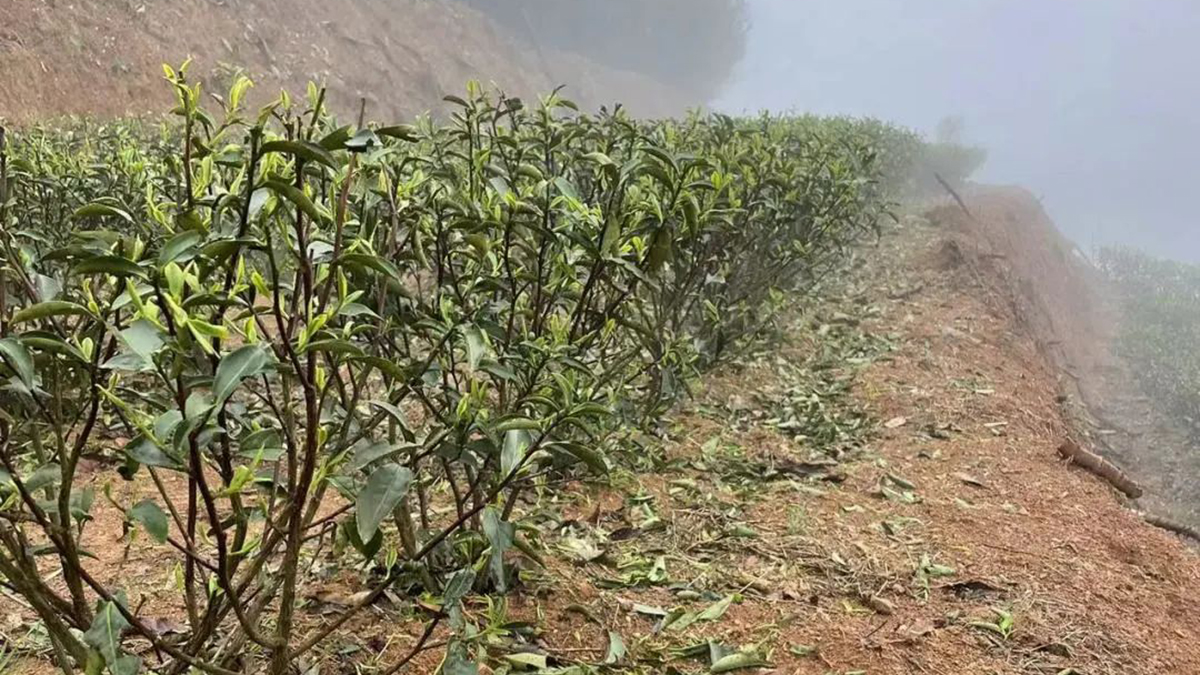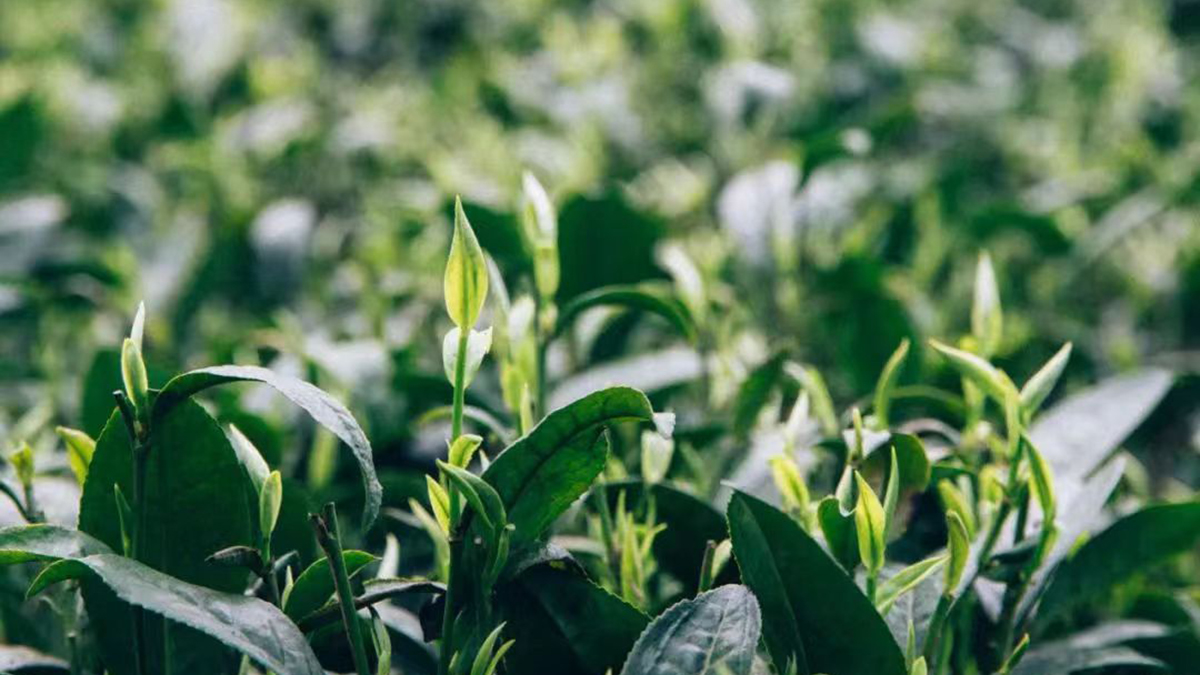Tea Price Report

The Tea Biz Price Report tracks average prices at major tea auctions and lists prices for specific types of specialty tea, drawing on many sources, including the China Tea Circulation Association, which provides a benchmark for the ten famous teas from the world’s largest tea exporting country. Listen free to the weekly summaries on the Tea Biz Podcast and select China Price Watch or India Price Watch for a full report analyzing trends with additional data sets and graphs from past years. Si Chen compiles the China Price Watch from March through May in Beijing. Aravinda Anantharaman in Bengaluru compiles the weekly India Price Watch year-round.
Listen to the report

China Price Watch
Qingming is around the corner, and China is marching into full production this Spring tea season, with most regions now harvesting tea. Cooler weather is a factor, with unusually intense thunderstorms in Fuding and Zunyi that damaged white tea. The full spring harvest began on March 28 in Huangshan Maofeng (in Huangshan, Anhui Province) and was delayed by six days compared with last year. This year we saw a significant increase in fresh tea prices for traders and tea processors for Huangshan Maofeng, about 40-60%. Lu’an Guapian reached the “Second Level” of the picking period on April 3, meaning “a small amount of picking.”
Nationwide the number of tea pickers almost meets the demand for tea picking, except in Xinchang, where labor scarcity is slightly insufficient.
Domestic prices for Westlake Dragonwell in Hangzhou, Zhejiang, ranged from $450.62 to $595.98 for 500 grams.
Biluochun (Spiral Spring Green) in Suzhou and Jiangsu ranged from a low of $581.45 to $1,235.58 for 500 grams.
And Huangshan Maofeng harvested in Huangshan, Anhui averaged $130.86 to $261.72 per 500 grams.
The price of tea is affected by many factors — region, variety, and quality, to name a few. Prices vary by sales channel and fluctuate due to supply, consumer demand, and merchant stocks.
Fuding and Zunyi Hailstorm
On the afternoon of March 23, 2023, Fuding City, Fujian Province, encountered a rare hailstorm, causing considerable damage to the tea trees. Fuding is the most famous white tea production area in China, with a vast area of tea gardens, and the production process of white tea determines its high-quality requirements for raw tea leaves. Tea production this year was seriously affected.
According to local tea farmers, the hailstorm came so suddenly that everyone was unprepared. Although it didn’t last long, the hail stones were large, and the storm was intense. According to the local meteorological department, the hailstorm was caused by strong convective weather. There was heavy rainfall at that time, and the diameter of the hailstone averaged about 1.5 centimeters, with big ones reaching about 5 centimeters.
On April 2, Zunyi, Guizhou Province, where Meitan Cuiya originated, experienced a heavy hailstorm, which caused similar harm to tea plants.

Hail Harms Tea Production
Large hailstones strip leaves and crush branches
Hail directly impacts the tea tree crown, shoots down large quantities of buds and leaves, breaks branches, cracks, and damages leaf surfaces, and increases the “broken rate” of fresh tea leaves, directly affecting the yield, quality, and economic benefits of tea.
Severe hailstorms indirectly affect the root growth of tea trees in several ways.
As the hail melts, the ice water enters the soil, the soil temperature drops sharply, and the roots’ fibrous roots and root tips are suddenly stimulated by abnormally low temperatures, resulting in freezing damage. The vitality of the root system decreases.
The photosynthetic physiology of tea trees is also impacted. The thawing of hail grains absorbs the heat in the soil and atmosphere, coupled with the continuous rainy weather accompanied by hail, and the temperature in the hail area plummets. This discourages the germination of new buds.
In addition, the biochemical quality of tea trees is harmed by reducing the content of some biochemical components, such as water, tea polyphenols, amino acids, and caffeine.

No matter how severe, small shoots are still working hard to grow. The tea tree is strong, swaying in the breeze, facing the sun, and growing upward. Hailstorms are a test for all tea farmers and tea enterprises. The Chinese tea industry is tiding over the difficulties together, doing a good job managing to produce the best tea.
A good cup of tea is hard to come by
It benefits from the nourishment of nature
Also endured the tempering of nature
Fuding White Tea: Outlook
The current market price of fresh tea leaves is CNY 180-220 per catty, and the finished price is expected to be CNY 780-1100 per catty. Compared with last year, the price has not changed much.
In 2022, Fuding’s tea gardens will have a pickable area of about 305,000 mu, with a total output of 31,000 metric tons of tea, including 23,000 tons of white tea. The comprehensive output value of the city’s tea industry was 13.891 billion yuan, an increase of 1.2%. The city’s tea enterprises paid a tax of 166 million yuan, an increase of 28.7%.
Fuding currently has more than 2,800 tea-processing enterprises. A total of 627 tea production and processing enterprises have obtained SC licenses, and 405 tea enterprises have obtained the authorization to use the Fuding white tea certification trademark. There are 167 leading tea enterprises at the national, provincial, city, and county levels, including three at the national level, 51 at the provincial level, 35 at the municipal level in Ningde, and 78 at the municipal level in Fuding. The Top Six taxpayers, aka brands to watch for, are Pinpin Xiang, Tian Hu, Liu Miao, Tai Mu Mount Famous Tea, Lv Xueya, and Ding Bai.
The economic benefits of the tea industry have risen steadily, providing more than 100,000 jobs. Fuding white tea is sold at over 10,000 outlets across China, providing jobs for 380,000 tea people.
New Region on sale
Most other tea regions in China have a suitable climate for healthy growth. On March 28, Huangshan Maofeng (in Huangshan, Anhui Province) entered a full spring harvest with a regional tea culture festival. It was delayed by six days compared with last year. This year we saw a significant increase in fresh tea prices for traders and tea processors for Huangshan Maofeng, about 40-60%.
On April 2, Xinyang Maojian (in Xinyang, Henan Province) entered a full spring harvest with a similar regional festival at Wenxin Tea Village. Wenxin is the most famous domestic brand for this tea. The festival marks the full-scale picking of 2 million mu of tea gardens of Xinyang Maojian. On April 3, Lu’an Guapian reached the “Second Level” of the picking period, meaning “a small amount of picking.”
The number of tea pickers available can almost meet the demand for tea picking, except in the Xinchang area being slightly insufficient.
Regarding the “readiness” condition for the tea buds for picking, West Lake Dragonwell, Dongting Mountain Biluochun, and Meitan Cuiya in Guizhou Province have entered the fifth level (all can be picked). Huangshan Maofeng is in the fourth level (most can be picked). Dafo Dragonwell and Xinyang Maojian are in the third level (some can be picked). Lu’an Guapian is in the second level (a small amount can be picked). Taiping Houkui, Wuyi Rock Wulong, Anxi Tieguanyin Wulong, etc., have not yet started harvesting. It’s worth noting that, since this report, Anxi Tieguanyin, the most famous Wulong tea, has officially been included in the Spring Tea Picking Index by China Tea Circulation Association.

Regions to watch: Southern Anhui
We earlier mentioned the regional tea culture festival for Huangshan Maofeng, hosted by Xie Yuda Tea Museum. This museum is in the Huizhou District, Huangshan City, Anhui Province. Xie Yuda is the most famous domestic brand for this type of tea.
Huizhou is in the south of Anhui, and southern Anhui is where good tea is produced. Among China’s top ten famous teas, four kinds are from Anhui Province: Huangshan Maofeng, Taiping Houkui, Keemun Black Tea, and Lu’an Guapian. Except Lu’an Guapian, are all from Huizhou. Huizhou has always been an important tea production area in Anhui.
Related: Tea from the Clouded Mist of Huangshan – Tea Journey

Click to see the complete China Tea Circulation Association’s April 3rd Price Update
April 3rd, 2023
| Average Domestic Prices for Finished Tea Reported in USD per catty** [500 grams] | Low | High |
|---|---|---|
| Westlake Dragonwell | Hangzhou, Zhejiang | $450.62 | $595.98 |
| Biluochun (Spiral Spring Green) | Suzhou, Jiangsu | 581.45 | 1,235.58 |
| Dafuo Dragonwell | Xinchang, Zhejiang | 72.68 | 232.58 |
| Meitan Cuiya | Zunyi, Guizhou | 94.49 | 130.83 |
| Lu’an Guapian | Lu’an, Anhui | 72.68 | 116.29 |
| Taiping Houkui | Huangshan, Anhui | N/A | N/A |
| Xinyang Maojian | Xinyang, Henan | 174.48 | 363.50 |
| Wuyi Rock Tea | Wuyishan, Fujian | N/A | N/A |
| Huangshan Maofeng | Huangshan, Anhui | 130.86 | 261.72 |
| Wufeng Green | Wufeng, Hubei | N/A | N/A |
| N/A indicates insufficient quantities to establish a reliable price range. |


